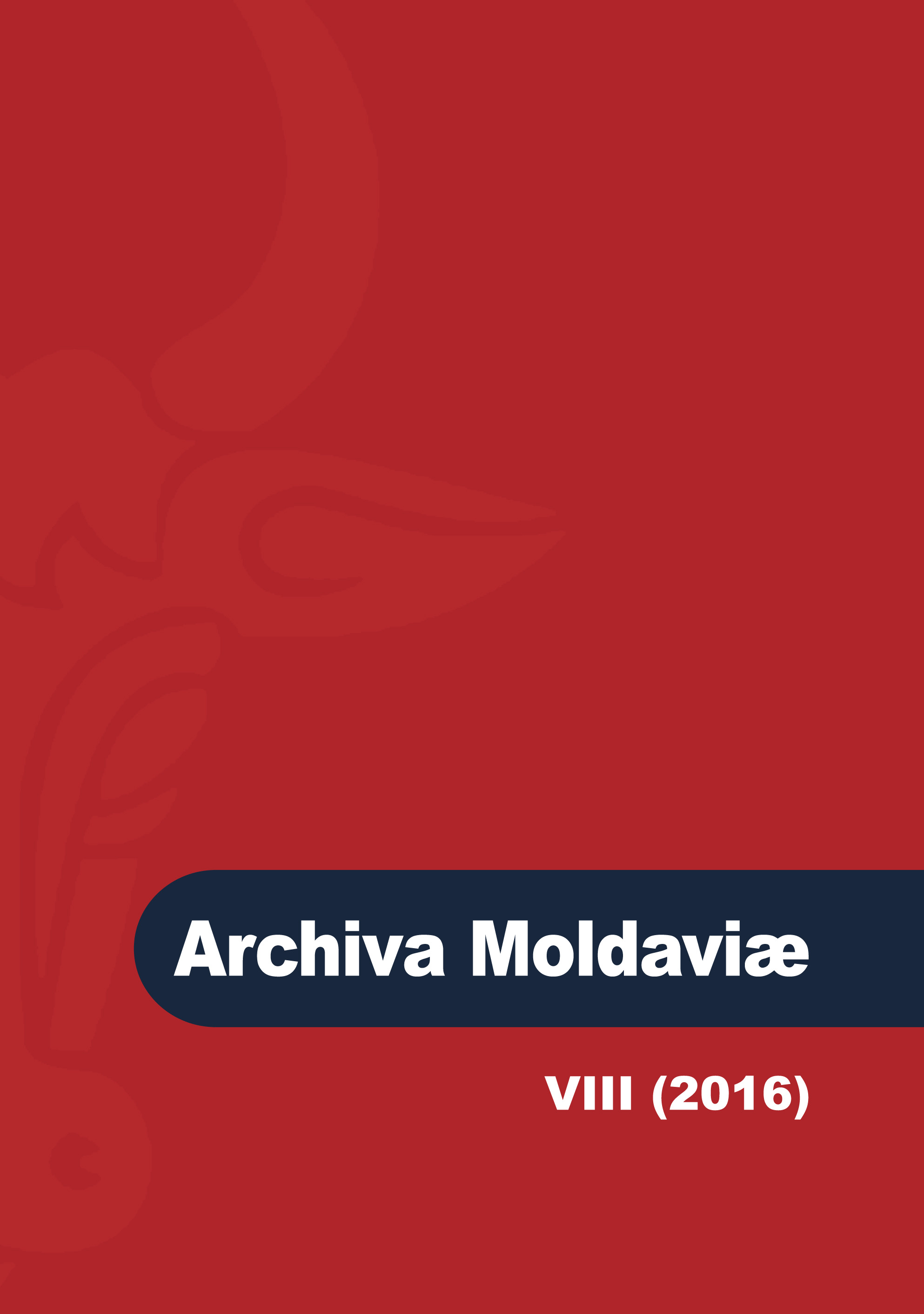Basarabean, moldovean, român: identități complementare
Bessarabian, Moldavian, and Romanian: Complementary Identities
Author(s): Alexandru Budișteanu, Steliu LambruSubject(s): History
Published by: Societatea de Studii Istorice din România
Keywords: Bessarabia; Bălţi; Interwar Romania; Oral History; family; education; society; urban landscape; daily life; politics; minorities.
Summary/Abstract: Bessarabia and Bessarabians in Greater Romania came into public sphere after 1989 and historical debates on memory and trauma can be understood through the liberated narratives after the death of censorship. After the collapse of the Soviet Union in 1991, in Bessarabia two types of identity narratives and memories collide: first, the forbidden memory of persecutions during the Communist regime and, second, the nostalgic memory. Thus, the mission of oral history was to collect accounts useful both in macrohistory of the region and microhistory in order to describe more accurately representations of the past. Various eyewitnesses testimony challenge myths and clichées on Bessarabia and interwar Romania, most of them might be considered both as forms of perception and recovered information. Born in 1928, architect Alexandru Budişteanu was living in the town of Bălţi from 1928 until 1944 and his story deals exactly with preconceptions regarding Bessarabia and Bessarabians during the 1930s.
Journal: Archiva Moldaviae
- Issue Year: VIII/2016
- Issue No: 8
- Page Range: 321-351
- Page Count: 31
- Language: Romanian

